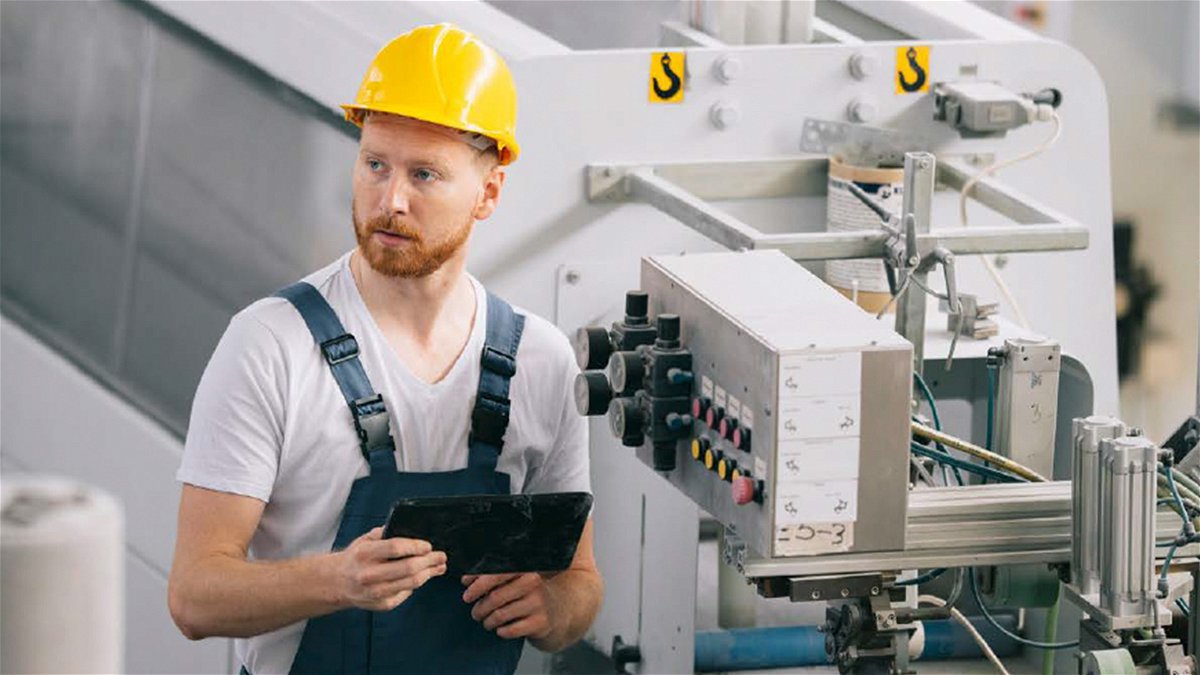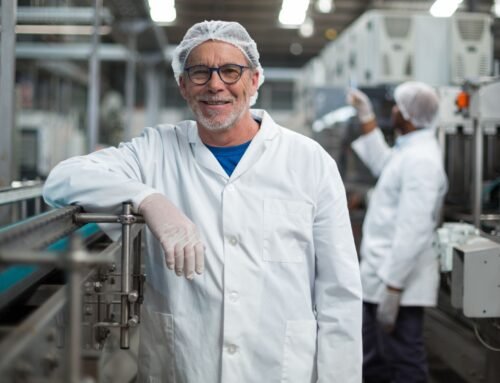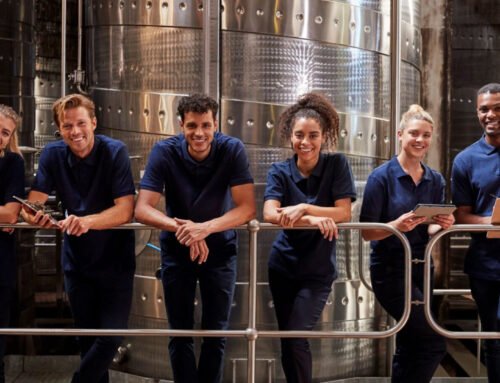From the economic shifts experienced during the recession ten years ago, to the onset of the global pandemic in 2020, the manufacturing industry has proven its resilience and competitive spirit as it also continues to evolve with more innovations, developments, and open positions, as well as a rise in demand, wages, and revival of the recently disrupted supply chains. While economic rebound shows promise, manufacturers remain cautiously optimistic, understanding the ongoing risks, unexpected disruptions, and fragile operational margins, as well as the pressure of inflation and talent shortages.
When it comes to industry growth constraints, especially relative to workforce challenges, the disparity between the number of available jobs in manufacturing versus the number of qualified applicants emerges as a leading trepidation for employers. Across the nation, patterns have emerged, and root causes have been preliminarily identified as:
- decreasing population and ongoing retirement of the baby boomer generation
- rapid progression of industrial technology in conflict with delayed or obstinate curricular advancements, as well as limited instructor capacity and archaic equipment within the education system
- persistent industry misperceptions paired with competitive talent attraction and recruitment strategies from other sectors
- ongoing employment barriers exacerbated by the ripple effects of the global pandemic, causing disruptions to job seeking processes and hiring practices.
An integral part of the U.S. economy, manufacturers must continue to defend against national and global disturbances, as manufacturing in America accounts for over 12.8 million employees and 11% of the country’s GDP (Chewning & Dua, 2022). Optimistic economic indicators and historic trends combined are signaling growth. After all, even after the rise and fall of manufacturers over the years, America is actively competing with global manufacturing titans; this due in part to advances in aerospace, semi-conductor chips, and robotics, as well as smart factory and sustainability initiatives, and new technologies in the electronic vehicles and plastics/polymers spaces.
The growth of the manufacturing and engineering technology-based industries, though, are still not consistent across the country; rather, there are regionally recognized pockets where manufacturing employers are building, expanding, and commanding highly and uniquely skilled technicians. California, Texas, and Ohio currently employ the most people in the field of manufacturing in America. States like Maryland and Missouri show promise. Major efforts are underway with mega-site announcements being made in industrial states like Indiana, Michigan, Kansas, Georgia, and Arkansas.
The manufacturing industry in the U.S. is a powerhouse which appears to be proving once again why we refer to manufacturing as the backbone of America. Now, and with urgency and agility, is the time to play matchmaker within the entire manufacturing workforce ecosystem and greater economic development process; solidifying relationships among all the stakeholders and accelerating innovations in workforce training, education, exploration, attraction, and career opportunities.







